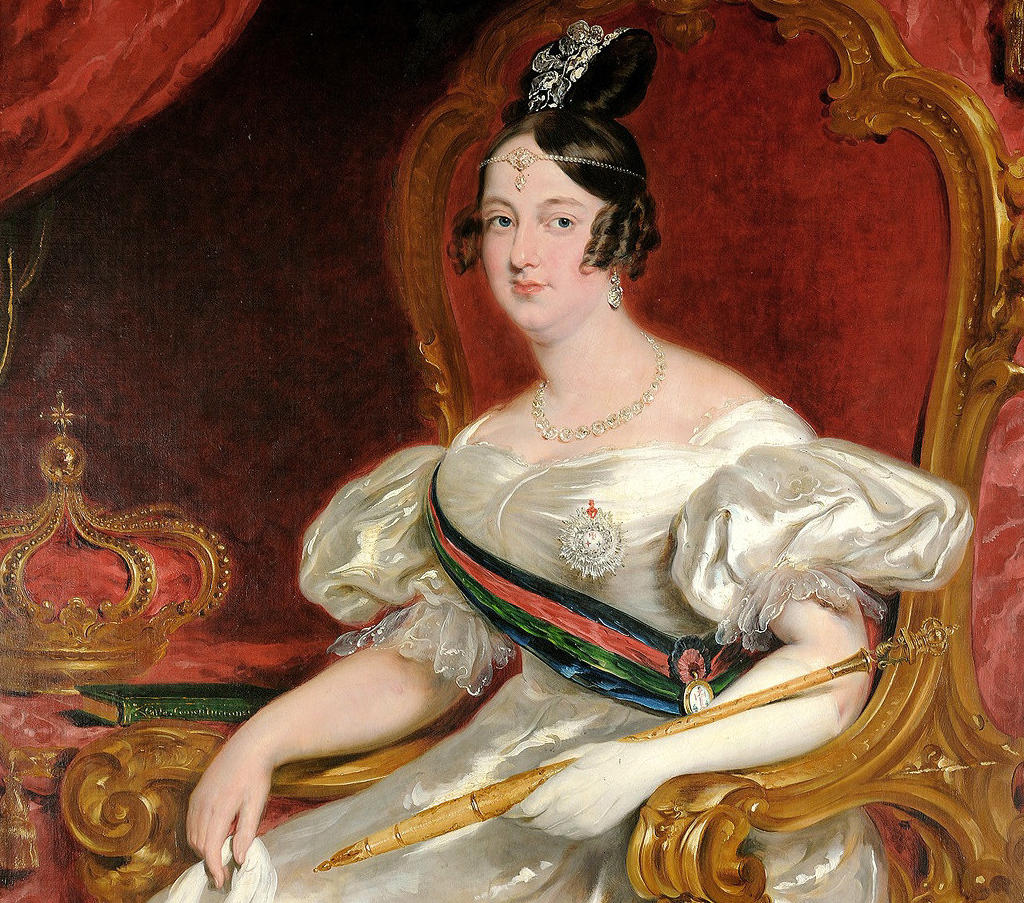Despite her youth, Queen Mary II demonstrated remarkable resilience and determination. She became a symbol of stability and progress, working tirelessly to strengthen the monarchy and promote the well-being of her people. Under her rule, Lisbon experienced significant urban and social transformations.
One of Queen Mary II's notable contributions was the promotion of public works and infrastructure development in Lisbon. She oversaw the construction of numerous public buildings, bridges, and roads, which greatly enhanced the city's modernization efforts. The magnificent Rossio Railway Station, a testament to her vision, stands as a remarkable architectural marvel to this day.
Lisbon.vip Recommends
Queen Mary II's deep connection to Lisbon is evident in her patronage of various cultural institutions and her frequent engagements with the city's social and intellectual elite. She regularly attended public events, performances, and exhibitions, contributing to the vibrant cultural scene of Lisbon.
Tragically, Queen Mary II's reign was cut short when she passed away at the age of 34. However, her legacy and impact on Lisbon endure. Her commitment to progress, modernization, and the well-being of her people shaped the city's trajectory, leaving an indelible mark on its history.
Today, Queen Mary II is remembered as a beloved monarch who played a pivotal role in Lisbon's transformation. Her legacy as a visionary leader and her deep ties to the city continue to inspire generations, reminding us of the remarkable influence one person can have on a place and its people.



